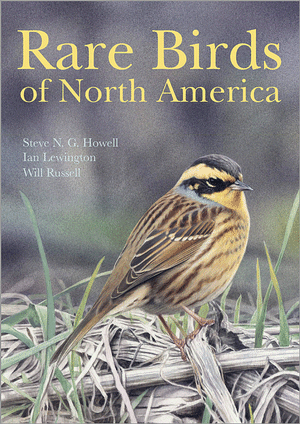Man oh man oh man. Oh man. As tipped off by BirdChick on Twitter, an article about sea ducks and/or the Slaty-backed Gull has appeared on the website of the Chicago-area news channel WGN-TV today, and it's a doozy.
Poor @WGNnews knows nothing about #bird id. Gulls aren’t ducks. Mallards aren’t rare. http://t.co/JiwYIFFAx0 #birding
— Sharon Stiteler (@birdchick) February 18, 2014
So, in keeping with great online traditions, I am now jumping on my High Horse of Internet Ridicule and taking this article on, sentence by sentence, Fire Joe Morgan-style.
Firstly, because I suspect it may get taken down or edited, here is a screenshot of the article, in its entirety (click to enlarge):
Harsh Winter brings sea ducks to Chicago area
The hook! Not a bad headline, actually, except for the bizarre capitalization of Harsh Winter. We're talking about this winter season, correct? And "harsh" is the adjective describing the severity of said season? Maybe Harsh Winter is a thrash metal band that makes ends meet as an exotic bird importer. As BirdChick pointed out, at least they avoided the "birders flock" cliche.
[photo of a mallard duck]
Splendid. Just beautiful. So much about what the general public knows about birds is summed up in this image. You would think that even folks casually interested in nature would know that this is a bird they've seen before. Isn't that the same kind of duck that I feed at the park? They might wonder. Is this a sea duck? Is this a rare bird? No, dear readers, it is not.
Some rare birds are showing up in the Chicago area.
Nice first paragraph. Factual. Brief. Is Hemingway writing for WGN-TV now?
Experts say many of the ducks have flown far from their usual habitats in search of food. But some were grounded by recent snowstorms and unusually brutal weather conditions.
Who are these experts? No time for introductions. What kinds of ducks are we talking about? Who cares. Did the storms "ground" the ducks in Chicago? Well, I guess, but the better connection is that the weather has frozen most of the Great Lakes, forcing birds into the remaining open water. Should these two sentences be combined into one, with a comma between "food" and "but"? Yeah. Does the use of "some" here create confusion about whether it's referring to the ducks or the experts? A little.
The Slaty Backed Gull is usually found near Japan and the Aleutian Island, but the duck was spotted a in Libertyville
Oh. Wait what are we talking about? Ducks? For the record, the Slaty-backed Gull (note spelling) is usually found both in and near Japan and, less commonly, among the many islands that make up the Aleutian chain, but the gull (it says gull right there in the name, it's not a duck) was spotted in (removed the "a" typo) Libertyville
a couple days ago.
Woodward, to Deep Throat: I'm tired of playing these chickensh*t games, I need to know what you know! Names, dates. When exactly did this bugging go down?
Deep Throat: A couple days ago.
Woodward: Good enough! Print it!
In less harsh winters, many of the ducks would be farther out on the lake where few would see them.
"Milder winter" might sound better, but OK. An understandable, if debatable, conclusion. Carry on.















